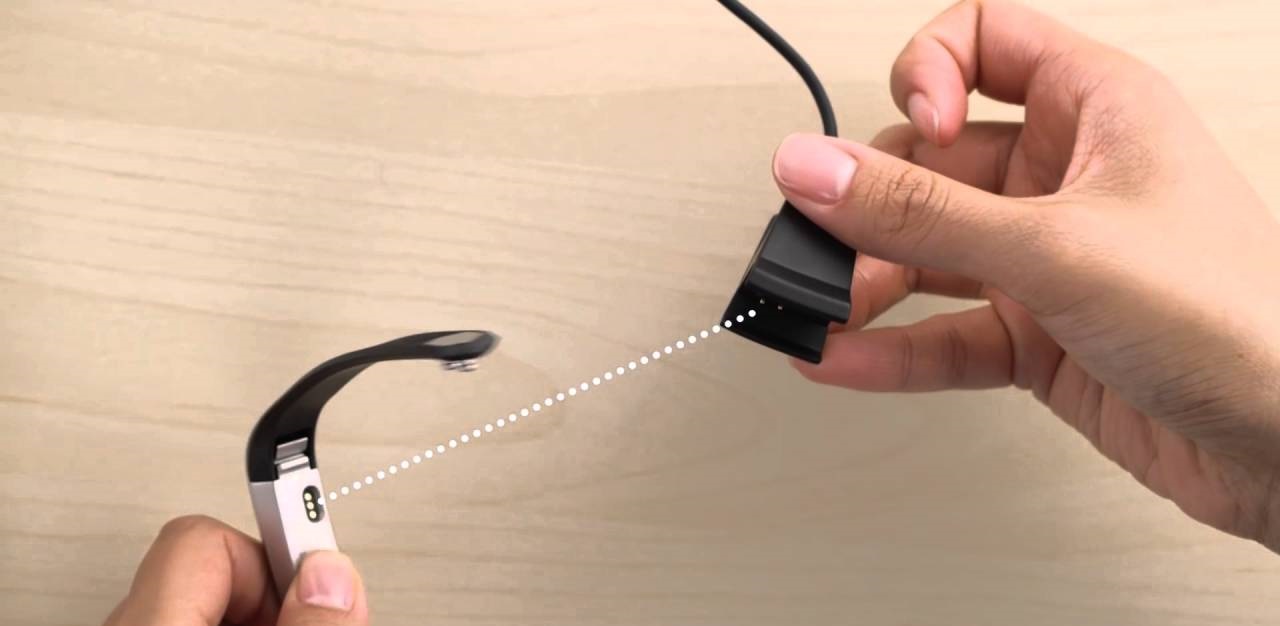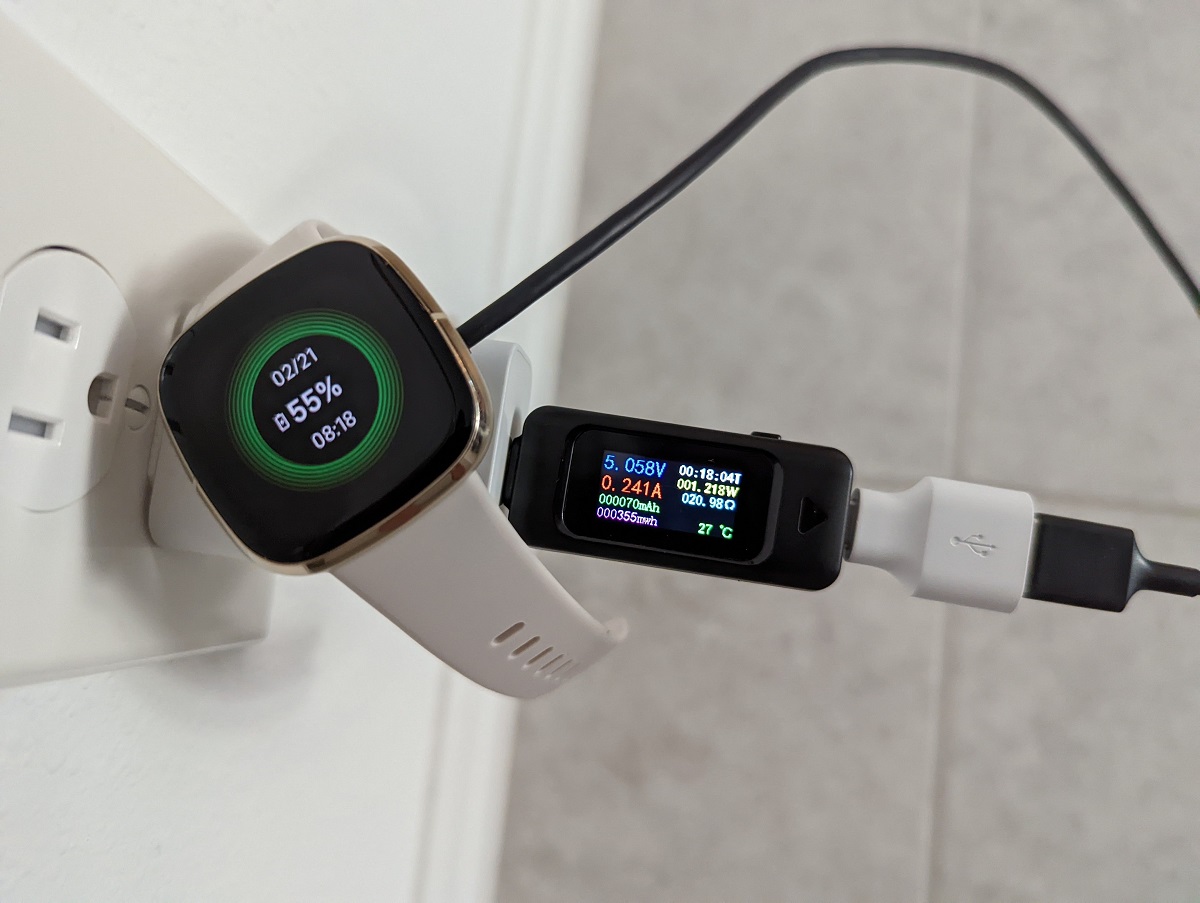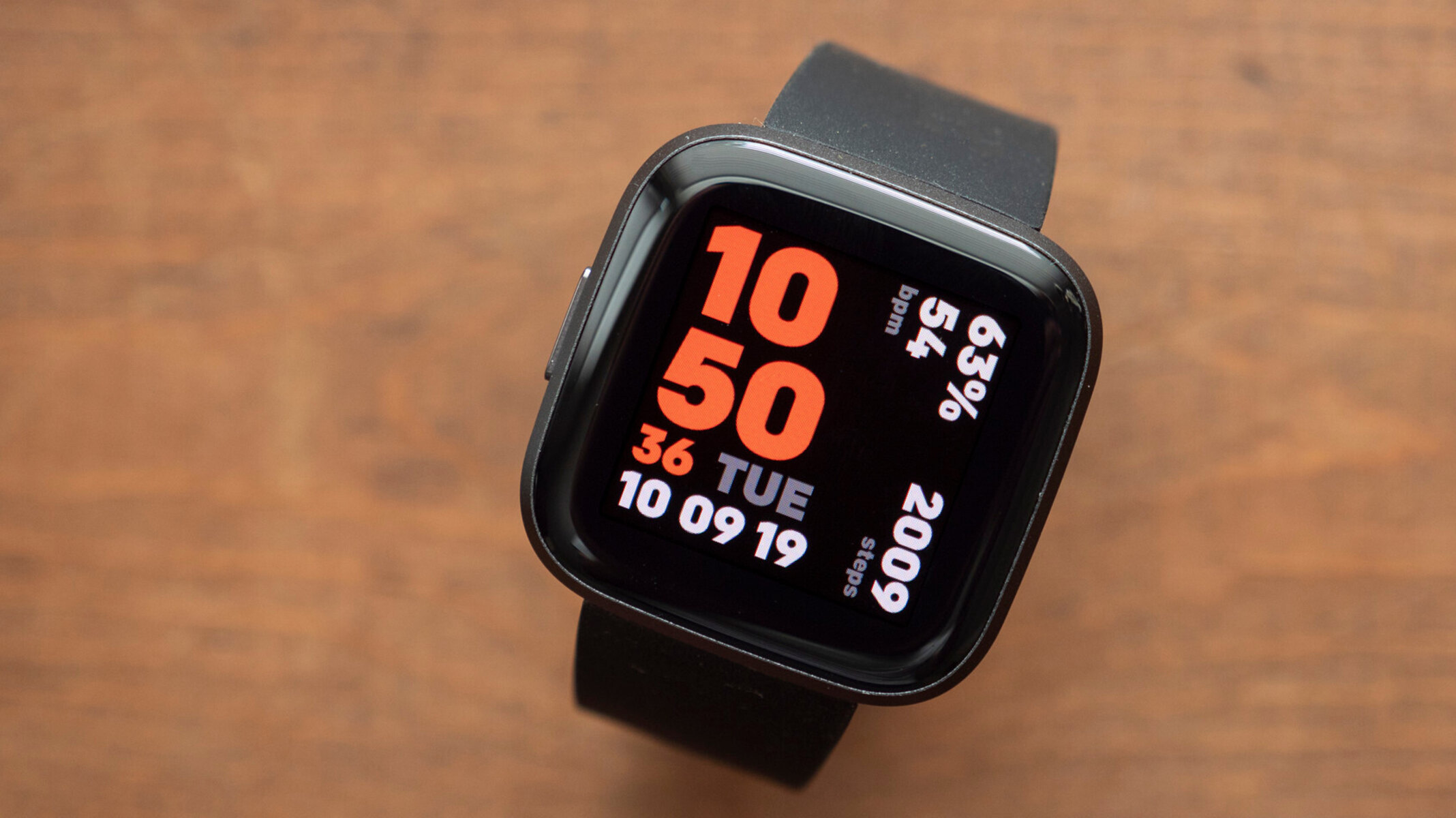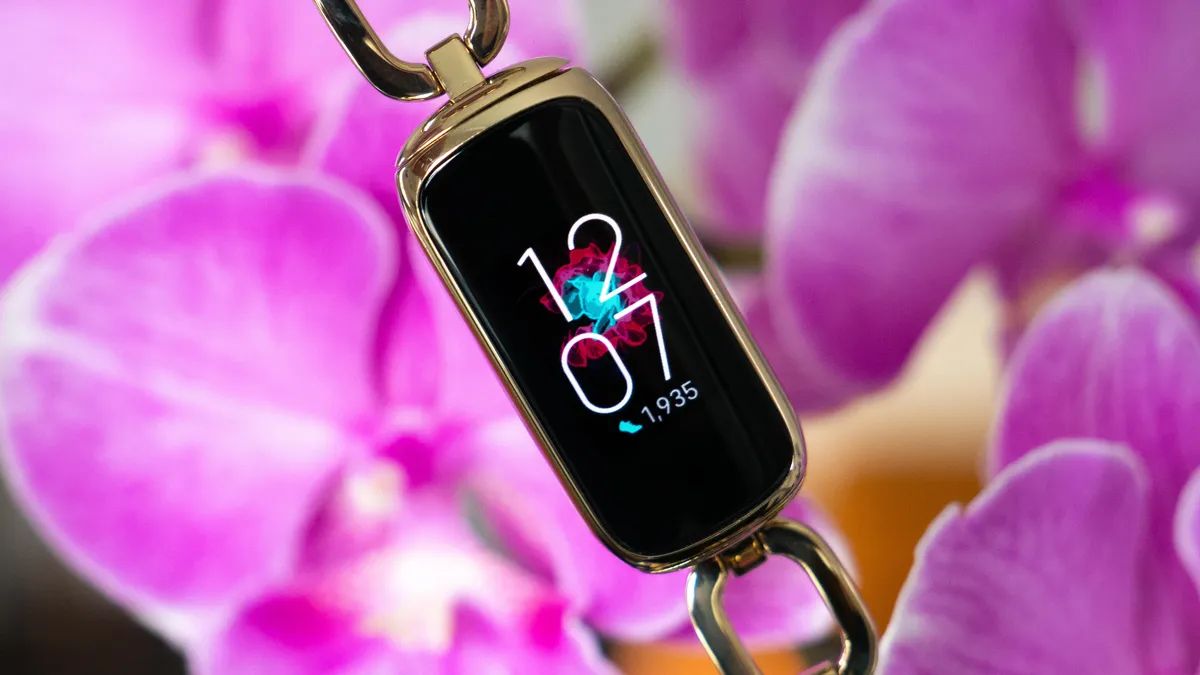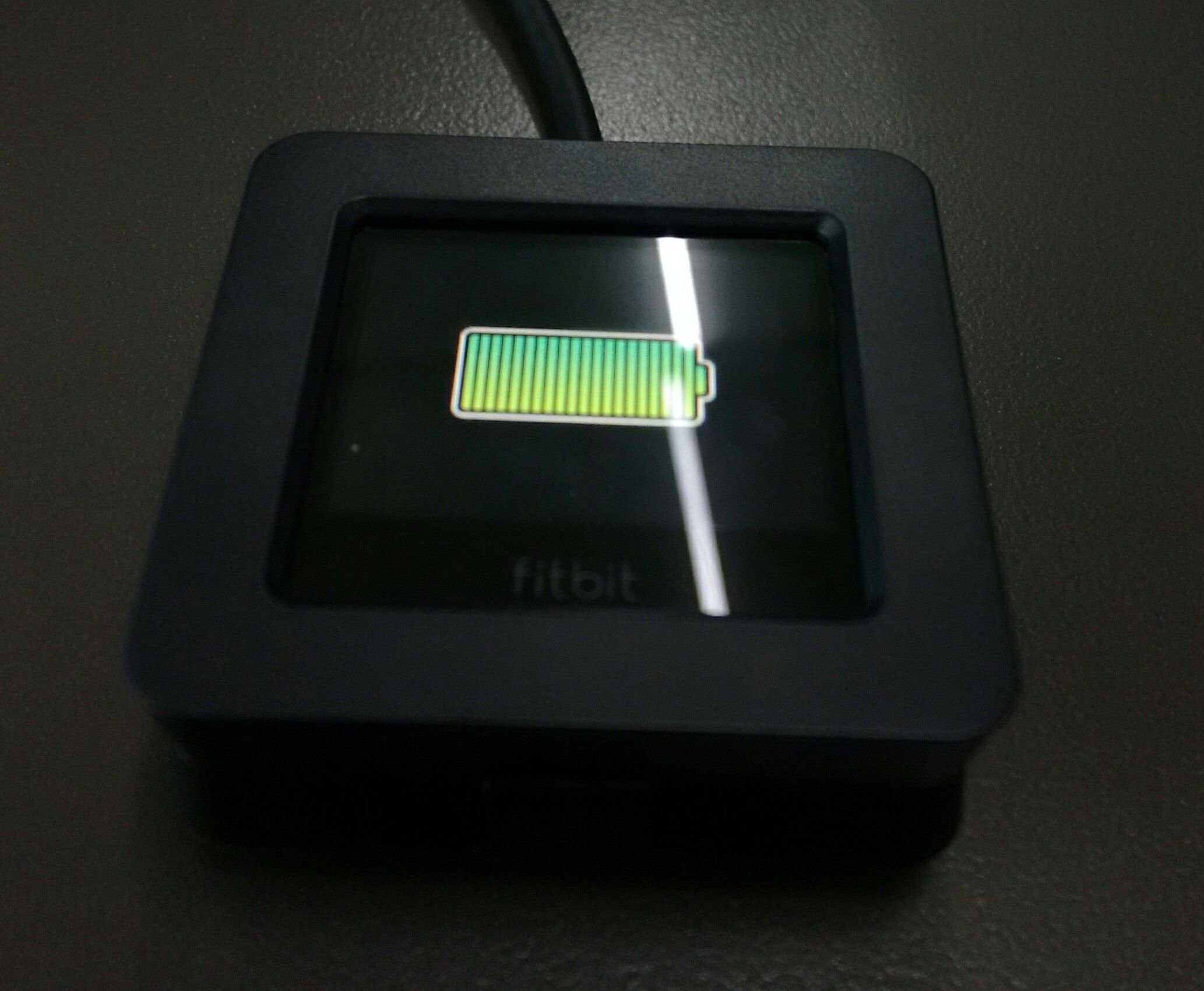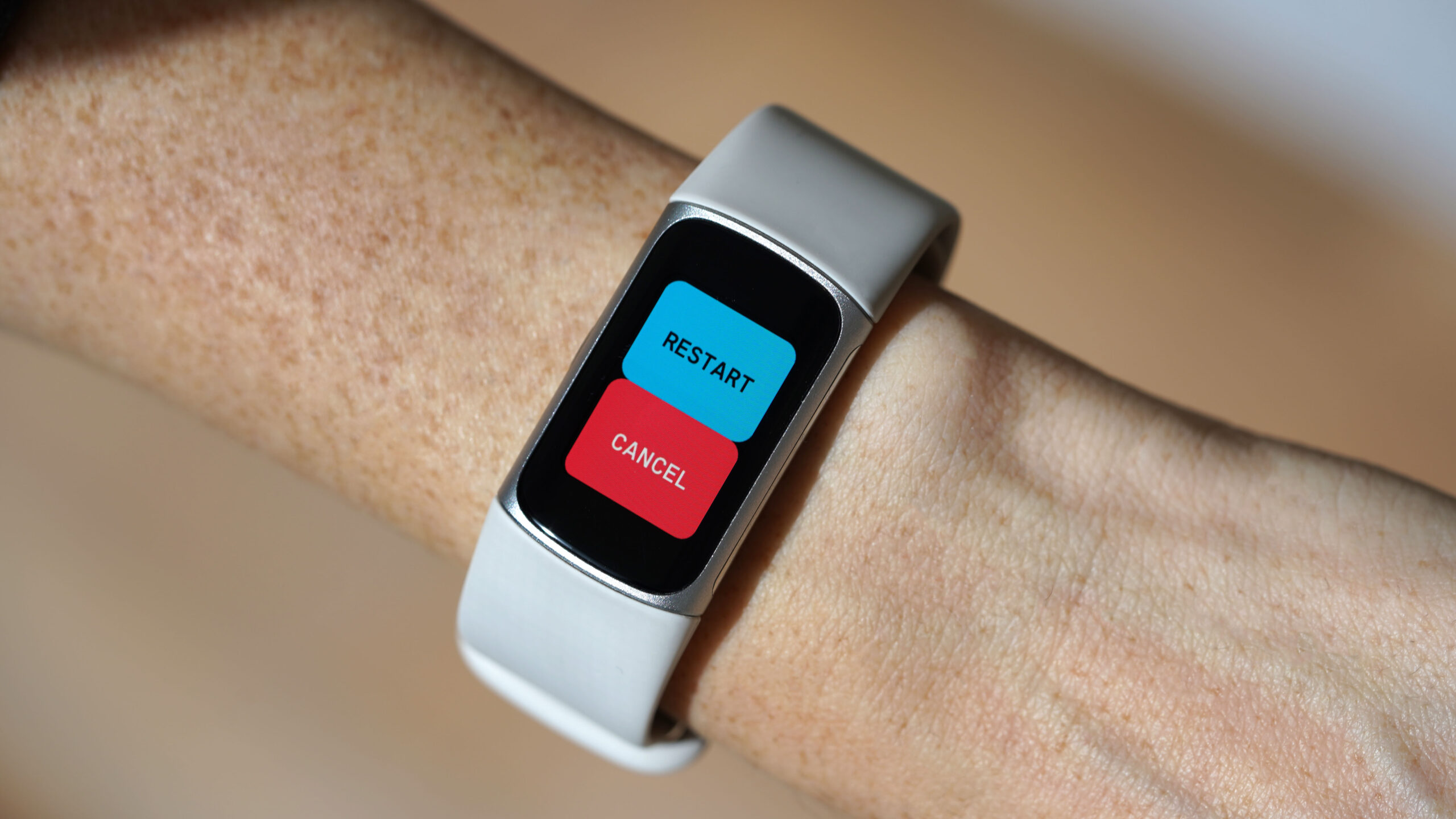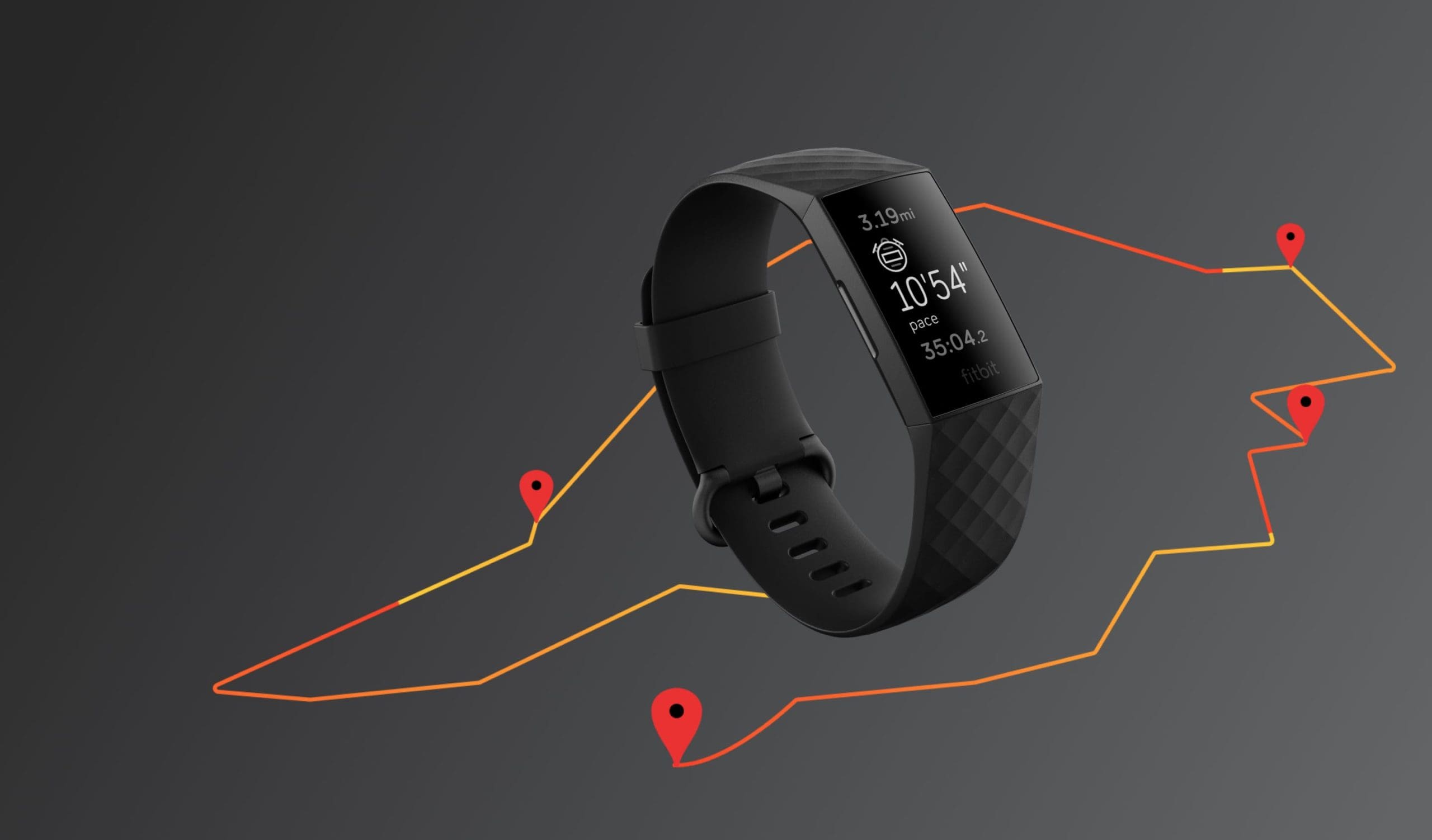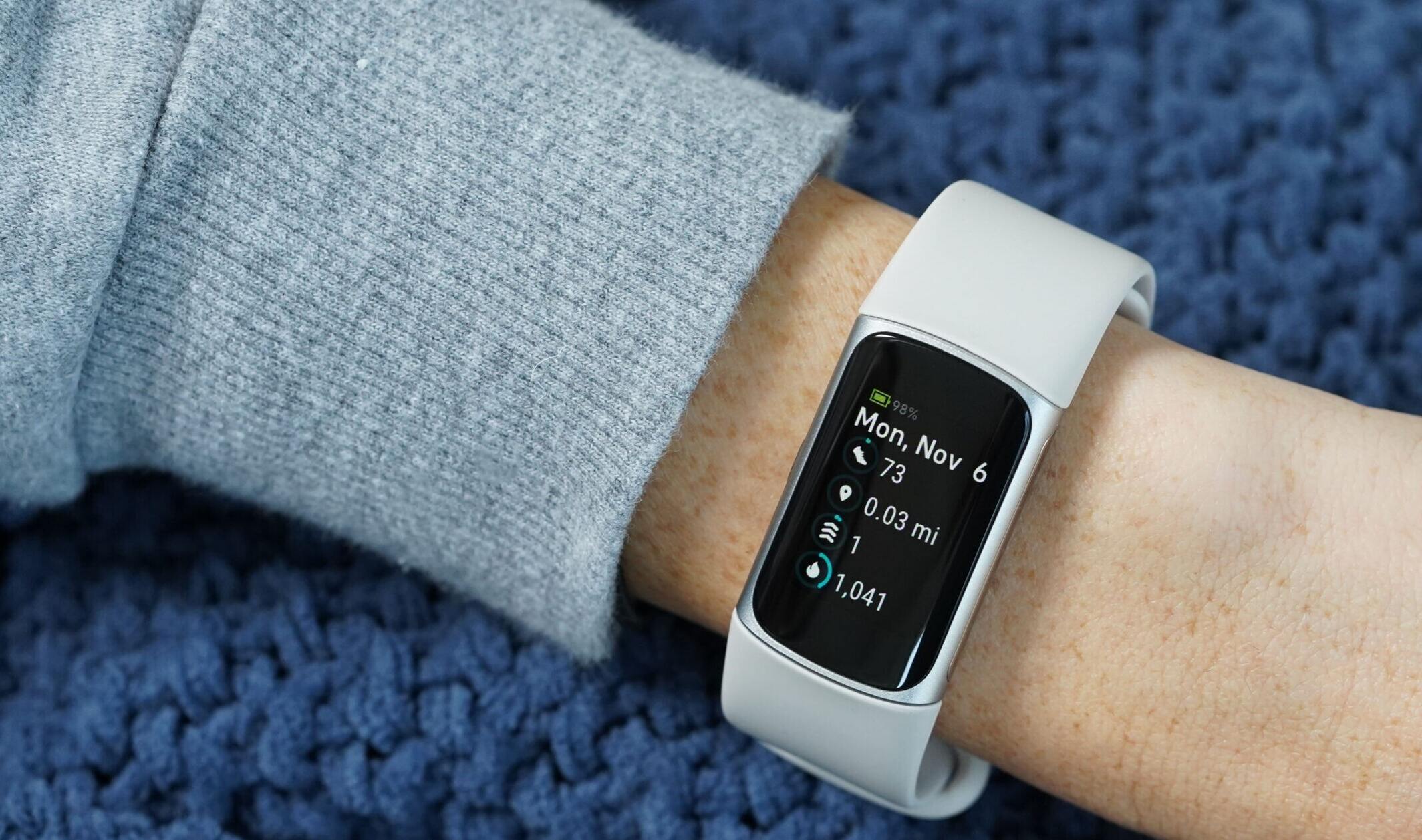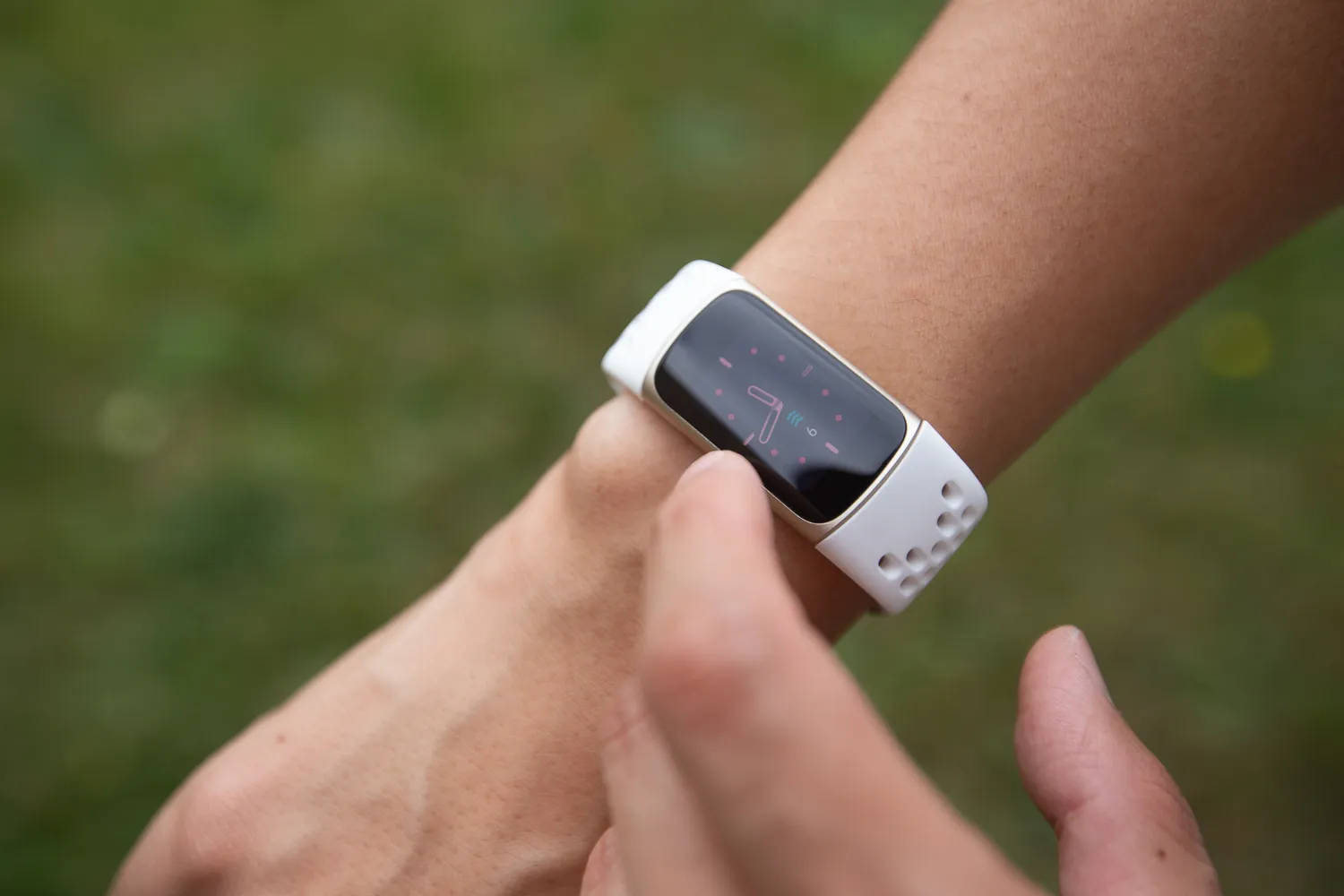Introduction
Charging Challenges: Troubleshooting Fitbit Not Charging
Ensuring that your Fitbit wearable is adequately charged is crucial for seamlessly integrating it into your daily routine. However, encountering issues with Fitbit not charging can be frustrating and disruptive. Whether you have a Fitbit Versa, Charge, Inspire, or any other model, understanding the common charging problems and troubleshooting steps can help you overcome these challenges.
In this comprehensive guide, we will delve into the various issues that may arise when attempting to charge your Fitbit device. From a non-responsive charger to a malfunctioning Fitbit, we'll explore the potential culprits behind the charging woes and provide actionable steps to resolve them. By the end of this article, you'll be equipped with the knowledge and techniques needed to troubleshoot and address Fitbit charging issues effectively.
Let's embark on this journey to uncover the intricacies of Fitbit charging and empower ourselves with the expertise to conquer any charging hurdles that may come our way.
Common Fitbit Charging Issues
When it comes to Fitbit charging, several common issues may arise, hindering the seamless charging process. Understanding these issues is crucial for effectively troubleshooting and resolving them. Here are the most prevalent Fitbit charging issues:
-
Fitbit Not Recognizing Charger: One of the frequent problems users encounter is their Fitbit device failing to recognize the charger. This issue can stem from a variety of factors, including a faulty charger, debris in the charging port, or a damaged charging cable.
-
Fitbit Not Holding Charge: Another prevalent issue is when the Fitbit fails to hold a charge for the expected duration. This can be attributed to battery degradation, improper charging habits, or software-related issues.
-
Fitbit Not Charging at All: In some cases, Fitbit devices may exhibit no signs of charging, regardless of being connected to a power source. This issue can be caused by a malfunctioning charger, a depleted battery, or a faulty charging port.
-
Fitbit Overheating During Charging: Overheating during the charging process can be a cause for concern. It may indicate a malfunctioning battery, an incompatible charger, or excessive environmental temperature.
-
Fitbit Showing Inaccurate Battery Level: Users may encounter discrepancies between the displayed battery level and the actual charge status of their Fitbit device. This can lead to unexpected shutdowns and unreliable battery notifications.
By familiarizing ourselves with these common Fitbit charging issues, we can better equip ourselves to identify and address these challenges effectively. In the following sections, we will explore troubleshooting steps and essential tips to overcome these issues and ensure a seamless Fitbit charging experience.
Now, let's delve into the actionable steps for troubleshooting these common Fitbit charging issues and restoring the optimal functionality of your device.
Troubleshooting Steps
When encountering Fitbit charging issues, it's essential to follow a systematic approach to troubleshoot and resolve the underlying problems. By methodically addressing potential causes, users can identify and rectify charging issues effectively. Here are the essential troubleshooting steps to navigate Fitbit charging challenges:
-
Restart Your Fitbit Device: A simple restart can often resolve minor software glitches that may be impacting the charging functionality. To restart your Fitbit, simply press and hold the device's button for a few seconds until the screen turns off and back on.
-
Clean the Charging Port: Accumulated dust, lint, or debris in the charging port can impede the connection and hinder the charging process. Gently clean the charging port using a soft, dry toothbrush or a can of compressed air to remove any obstructions.
-
Use a Different Power Source: If your Fitbit is not charging, try using a different power source, such as a USB port on a computer or an alternate wall adapter. This can help determine if the issue is related to the power source rather than the Fitbit device or charger.
-
Inspect the Charging Cable: Examine the charging cable for any signs of damage, such as fraying or exposed wires. If the cable appears compromised, consider using a different compatible charging cable to determine if the issue lies with the cable itself.
-
Verify Proper Alignment: When connecting the charger to your Fitbit, ensure that it is properly aligned and securely attached. Improper alignment can prevent the charging pins from making adequate contact with the device, leading to charging issues.
-
Update Fitbit Firmware: Check for any available firmware updates for your Fitbit device through the companion app. Installing the latest firmware can address known software-related charging issues and enhance overall device performance.
-
Perform a Factory Reset: If persistent charging issues persist, consider performing a factory reset on your Fitbit device. This should be approached with caution, as it will erase all data and settings on the device. Refer to the Fitbit support resources for guidance on performing a factory reset.
By following these troubleshooting steps, users can systematically address common Fitbit charging issues and restore the seamless functionality of their devices. It's important to approach each step with patience and attention to detail, as this can significantly impact the effectiveness of the troubleshooting process.
These proactive measures empower users to take control of Fitbit charging challenges, ensuring that their devices remain reliably charged and ready to accompany them on their wellness journeys.
Checking the Fitbit Charger
When troubleshooting Fitbit charging issues, it is crucial to thoroughly inspect the Fitbit charger to identify potential sources of malfunction. The charger serves as the vital link between the power source and the Fitbit device, making it essential to ensure its proper functionality. Here's a detailed exploration of the steps involved in checking the Fitbit charger:
Visual Inspection
Begin by visually examining the Fitbit charger for any visible signs of damage or irregularities. Look for frayed wires, bent connectors, or discolored areas that may indicate wear and tear. Additionally, inspect the charging pins on the Fitbit charger to ensure they are clean and free from debris, as any obstructions can hinder the charging process.
Testing with Alternative Devices
To ascertain the functionality of the Fitbit charger, consider testing it with alternative compatible devices, if available. By connecting the charger to another compatible device, such as a smartphone or another Fitbit model, you can determine if the charger is capable of initiating the charging process. This step helps isolate the issue to either the charger or the Fitbit device itself.
Utilizing Different Power Sources
Experiment with different power sources to charge your Fitbit using the same charger. If the Fitbit charger fails to initiate charging when connected to multiple power sources, it indicates a potential issue with the charger. By testing the charger with various power outlets or USB ports, you can effectively assess its functionality across different power configurations.
Contacting Fitbit Support
In the event that the Fitbit charger exhibits persistent issues or fails to charge alternative devices, it may be necessary to seek assistance from Fitbit support. Reach out to Fitbit customer support to report the charger's malfunction and explore potential solutions or replacement options. Fitbit's support resources can provide tailored guidance based on the specific charger-related issues encountered.
Considering Replacement Options
If the Fitbit charger is determined to be faulty or non-functional, exploring replacement options is essential. Whether through Fitbit's official channels or authorized retailers, obtaining a genuine replacement charger is crucial for ensuring reliable and safe charging for your Fitbit device. Avoid using third-party or counterfeit chargers, as they may pose risks to the device and compromise its performance.
By meticulously checking the Fitbit charger and addressing any identified issues, users can effectively eliminate charger-related factors contributing to Fitbit charging problems. This proactive approach ensures that the charging process remains seamless and reliable, allowing users to harness the full potential of their Fitbit wearable without disruptions.
Checking the Fitbit Device
When troubleshooting Fitbit charging issues, it is essential to thoroughly assess the Fitbit device itself to identify potential factors contributing to the charging challenges. By meticulously examining the device and its components, users can gain valuable insights into the root causes of charging issues and implement targeted solutions. Here's a comprehensive exploration of the steps involved in checking the Fitbit device:
Visual Inspection
Initiate the assessment by visually examining the Fitbit device for any visible signs of damage, wear, or irregularities. Check the charging port on the device for accumulated debris, such as dust, lint, or residue, which may impede the connection with the charger. Additionally, inspect the charging pins on the device to ensure they are clean, aligned, and free from any obstructions that could hinder the charging process.
Battery Health Assessment
Evaluate the overall health and performance of the Fitbit device's battery. If the device exhibits symptoms of rapid battery depletion, irregular charging patterns, or fails to hold a charge for the expected duration, it may indicate underlying battery degradation. Utilize the companion app or device settings to review battery usage statistics and assess the battery's overall health.
Software and Firmware Analysis
Check for any available software updates or firmware enhancements for the Fitbit device. Installing the latest software updates can address known software-related charging issues, optimize power management algorithms, and improve overall device performance. Additionally, reviewing the device's software settings related to power management and charging behavior can provide valuable insights into potential software-related factors impacting the charging process.
Functional Testing
Conduct functional tests to verify the overall operational status of the Fitbit device. This includes assessing the device's responsiveness to charging initiation, recognizing the connection with the charger, and accurately displaying charging indicators. By systematically testing the device under various charging scenarios, users can identify specific patterns or irregularities that may point to underlying issues affecting the charging functionality.
Contacting Fitbit Support
In the event that the Fitbit device exhibits persistent charging issues or anomalies, reaching out to Fitbit customer support can provide valuable assistance. By reporting the specific charging-related issues encountered and sharing the results of the device assessment, users can receive tailored guidance and recommendations from Fitbit's support resources. This can include troubleshooting steps, potential solutions, or device servicing options to address the identified issues effectively.
By meticulously checking the Fitbit device and addressing any identified issues, users can gain a comprehensive understanding of the device's charging behavior and take targeted steps to optimize its charging performance. This proactive approach ensures that the Fitbit device remains reliably charged, empowering users to seamlessly integrate it into their active lifestyles without disruptions.
Other Tips for Charging Fitbit
In addition to the essential troubleshooting steps and meticulous checks of the Fitbit charger and device, several additional tips can further optimize the charging experience and promote the longevity of the Fitbit wearable. These proactive measures encompass best practices, charging habits, and maintenance strategies aimed at ensuring consistent and reliable charging performance. Here are some valuable tips for effectively charging your Fitbit device:
-
Regular Cleaning: Incorporate regular cleaning of the Fitbit device and charger into your maintenance routine. Use a soft, dry cloth to gently wipe the exterior of the device, removing any accumulated dirt, sweat, or residue that may affect the charging contacts or overall functionality. Similarly, ensure that the charging port and charging pins are kept clean and free from debris to facilitate seamless connections during the charging process.
-
Optimal Charging Environment: Select an optimal environment for charging your Fitbit device. Avoid exposing the device to extreme temperatures, direct sunlight, or moisture during the charging process, as these conditions can impact the battery performance and overall device functionality. Opt for a well-ventilated, stable surface for charging and store the device in a moderate climate to maintain its battery health.
-
Consistent Charging Routine: Establish a consistent charging routine for your Fitbit device to maintain its battery health and performance. Aim to charge the device when the battery level reaches a moderate range rather than allowing it to deplete completely. Avoid frequent shallow discharges and recharges, as periodic full discharges followed by complete recharges can help calibrate the battery and optimize its longevity.
-
Power Cycling: Periodically power cycle your Fitbit device to recalibrate its battery and overall performance. This involves fully discharging the device by using it until the battery is depleted, followed by a complete recharge to 100%. Power cycling can help recalibrate the battery gauge and optimize its accuracy in reflecting the actual charge level.
-
Genuine Accessories: Use genuine Fitbit accessories, including chargers and cables, to ensure optimal compatibility, safety, and performance. Genuine Fitbit chargers and cables are designed to meet the specific charging requirements of Fitbit devices, minimizing the risk of compatibility issues or potential damage to the device. Avoid using third-party or counterfeit accessories, as they may compromise the device's charging efficiency and pose safety hazards.
By incorporating these additional tips into your Fitbit charging regimen, you can enhance the overall charging experience, prolong the battery life, and maintain the optimal functionality of your Fitbit device. These proactive measures complement the troubleshooting steps and comprehensive checks, empowering users to maximize the potential of their Fitbit wearables and seamlessly integrate them into their active lifestyles.
Conclusion
In conclusion, troubleshooting Fitbit charging issues requires a systematic approach, encompassing thorough checks of the Fitbit charger, device, and adherence to best charging practices. By familiarizing ourselves with the common charging problems, such as Fitbit not recognizing the charger, failing to hold charge, or exhibiting inaccurate battery levels, we can proactively address these issues and ensure a seamless charging experience.
The troubleshooting steps outlined in this guide provide a structured framework for identifying and resolving Fitbit charging challenges. From restarting the device and cleaning the charging port to utilizing different power sources and updating the firmware, users can navigate potential obstacles and restore the optimal charging functionality of their Fitbit wearables.
Moreover, the meticulous checks of the Fitbit charger and device serve as essential diagnostic measures to isolate charger-related or device-specific issues affecting the charging process. By visually inspecting the charger, testing it with alternative devices, and assessing the Fitbit device's components and software, users can gain valuable insights into the underlying factors impacting the charging performance.
In addition to troubleshooting, incorporating best practices such as regular cleaning, optimal charging environments, consistent charging routines, power cycling, and the use of genuine Fitbit accessories can further enhance the charging experience and contribute to the longevity of the Fitbit device's battery.
By integrating these proactive measures into our charging regimen, we can optimize the performance and reliability of our Fitbit wearables, ensuring that they remain consistently charged and ready to support our active lifestyles and wellness pursuits.
In essence, the journey of troubleshooting Fitbit charging issues is not merely about resolving technical obstacles; it is a testament to our commitment to seamlessly integrating technology into our daily lives. By harnessing the knowledge and techniques shared in this guide, we empower ourselves to conquer Fitbit charging challenges and embrace the transformative potential of our Fitbit wearables with confidence and reliability.







